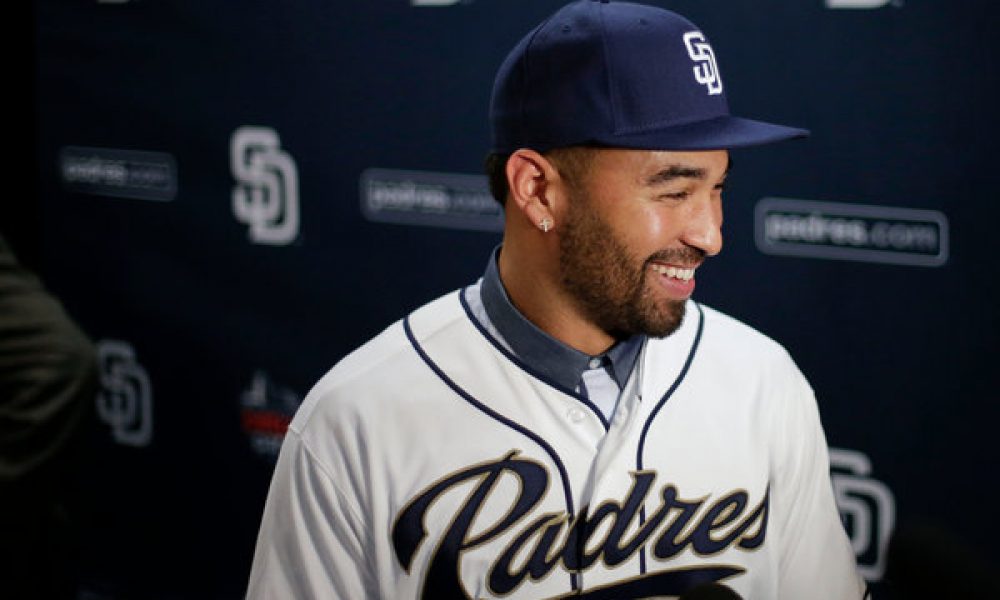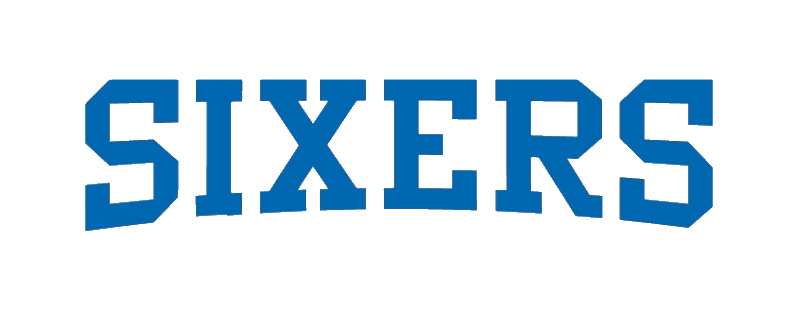
What should Padres do at the trade deadline?
The San Diego Padres are not going anywhere in 2015. No, not even after one of the most eventful offseasons in recent Major League Baseball memory. They will sink to the bottom of the baseball abyss with pennant fever griping the nation, only noted as a reminder that teams which win the battles of November and Decemer rarely win the race in September and October.
San Diego had been without a real major league lineup for years, and decided to make some serious changes. In that vein, the Padres traded young starting pitcher Jesse Hahn and a minor league pitcher to the Oakland Athletics for All-Star catcher Derek Norris. They next acquired Matt Kemp and his bloated salary from the Los Angeles Dodgers, before making a move to acquire outfielder Wil Myers from the Tampa Bay Rays.
In addition, San Diego brought in Will Middlebrooks, James Shields, Justin Upton, Melvin Upton Jr. and Craig Kimbrel. All told, almost half of the roster was turned over with high-profile moves aimed to take down the Los Angeles Dodgers and San Francisco Giants in the National League West.
Through Thursday night’s actions, the results have been nothing but abysmal. San Diego is sitting at 44-51, third in the West and 10 games behind Los Angeles, not to mention seven back of the Giants. The playoffs are nothing more than a pipe dream, and now the trade deadline looms.
Should the Padres start stripping down the group after almost 100 games of miserable play, or should the organization try to retool quietly in the offseason and allow for some potential growth in 2016?
There has been plenty of chatter from people in both camps. On one hand, the Padres have a ton of talent. Would it be the wise move to start jettisoning players such as Shields or Tyson Ross, who could be the backbone of a solid rotation going forward? Or, do you make the proactive move of realizing the team is simply not working and a change needs to be made immediately?
The lesson to be learned can be seen with the Philadelphia Phillies. Philadelphia had an aging core of high-priced players and refused to sell, believing it had at least one more solid postseason run in it. General manager Ruben Amaro Jr. held onto his aging talent, only to watch it wither. Soon, none of those players had any value, and Amaro was left with an expensive, and awful team.
This is undoubtedly a crossroads for San Diego and general manager A.J. Preller, who has been on the job for less than a year. Preller needs to put his ego aside and make a calculated call. Is this a team ready to crater for years, or simply having one bad campaign?
It’s a simple question, with only one right answer. The wrong choice would be crushing.




